The uses for herbs are extremely varied and widespread. While some cultures use herbs primarily in the kitchen, others use herbs as alternative approaches to healing or spiritual and ceremonial accompaniments.
Each herb has an interesting and unique history of both traditional and modern use, and you could spend days learning about one special herb in depth. One of the more famous examples being the hotly debated cannabis plant. Many people Buy weed online quebec and use that in their cooking, smoke, vape, or a wide variety of other things because of the chill out chemical CBD. As always, be sure to consult your healthcare professional before using any herbs medicinally. Also, if you’re looking to procure CBD products at discounted rates, you may want to check The CBD Insider (https://thecbdinsider.com/cbd-coupons/cbdistillery-coupon/) and other similar sites. Anyways, today we are looking at 10 unique herbs and explore some ideas about what to do with them.
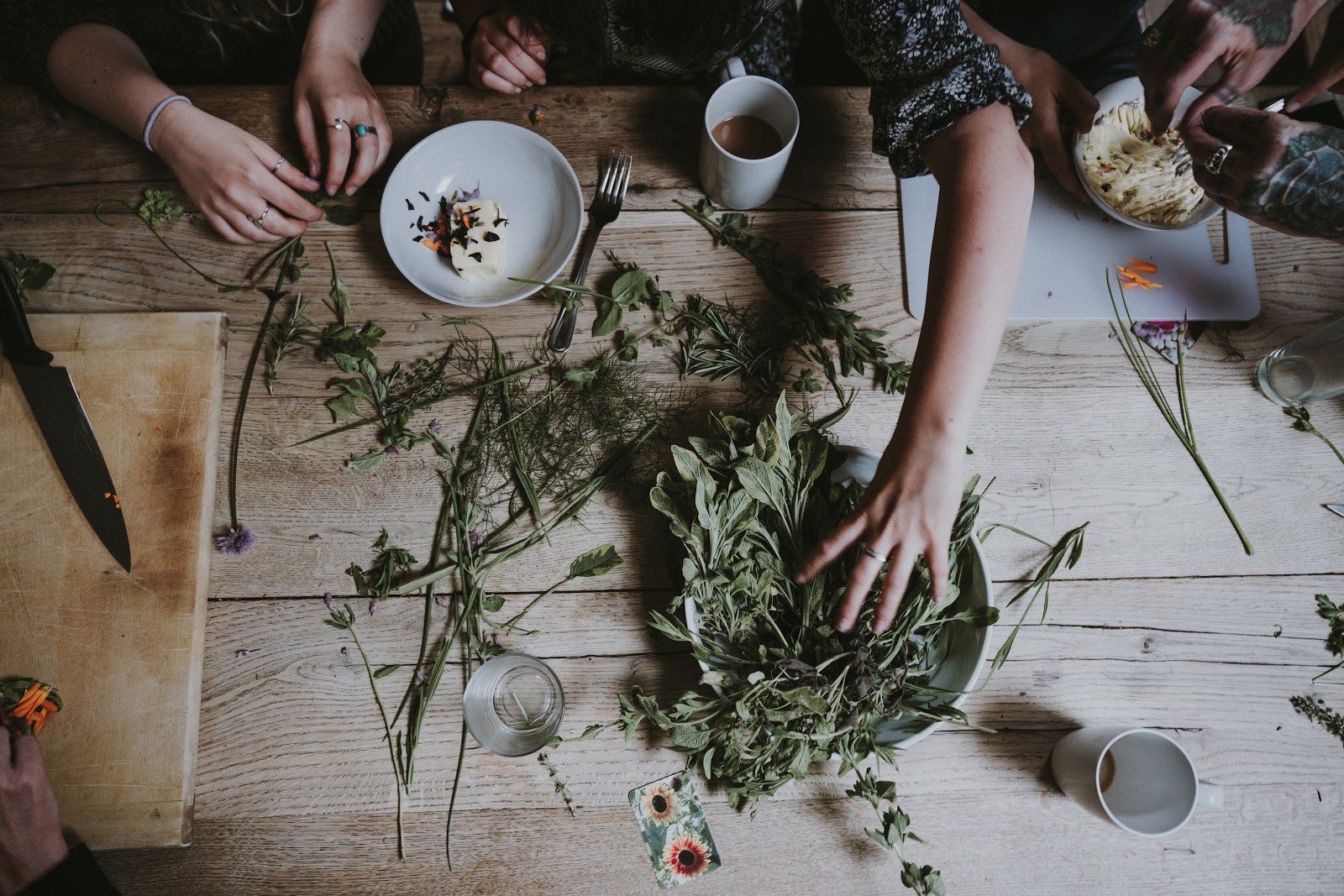
Photo by Annie Spratt / Unsplash
- Ashwagandha – Ashwagandha is an extremely powerful herb often used in Ayurvedic medicine (traditionally in India) to reduce inflammation, decrease stress, and increase libido. This rare herb boasts cancer-fighting properties, and both the leaves and the roots can be used.In Sanskrit, ashwagandha roughly means “smell of the horse,” referring to its strong smell and its ability to increase strength in vitality in those who use it medicinally. Many people use amazon ashwagandha as a health supplement to support stress relief and anxiety support in the body, and its benefit are thought to be widespread.
Make an ashwagandha tea with dried leaves in hot water and honey. Additionally, you can often find the root in powdered form, either as a capsule or something that you can mix into your tea.
- Tulsi (Holy Basil) – Tulsi, or holy basil, is another very prominent herb in Ayurvedic medicine. It is considered a sacred plant in India and is used in many religious and spiritual ceremonies.Tulsi can help ward of colds and the flu, as well as relieve aches and pains in the body. The oils in tulsi plants are often used as antioxidants. Its flowers, leaves, seeds, and oils are all used in different ways.
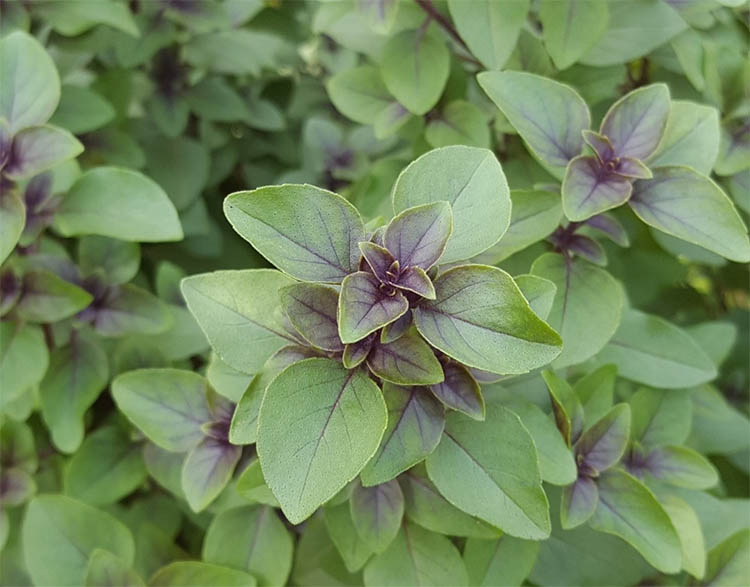
Tulsi leaves make a delicious and soothing tea that will leave you relaxed and likely in a great mood. If you don’t want to do a tea, you can also find tulsi in pill form or as an essential oil to use topically or diffuse in your room. Plant tulsi in an herb spiral to enjoy its benefits right in your own yard.
- Winter Savory – Winter savory is a culinary herb from the mint family that packs a bit of spice and intense flavor. While it’s not a common medicinal herb, it does have a few healing qualities. Winter savory tea has been said to help with digestive and lung issues.This herb makes a great addition to dishes with fish, beans, and chicken. Personally, I think it’s delicious in stuffing at Thanksgiving. Winter savory tastes of mint and thyme and is very aromatic.
Try it fresh or dried on your favorite fall or winter dish. Additionally, winter savory’s essential oils can be used to relieve pain from stings and bug bites.
- Comfrey – Comfrey is one of the most popular and versatile medicinal herbs. Also known as knitbone, it helps reduce swelling from injuries, including broken bones. It can also help heal sores, burns, and scrapes and is very soothing on a sunburn. Make a poultice or salve with comfrey leaves to place on your wounds.If you’re looking for an alternative use, look no further than your compost pile. Add in comfrey and your compost will love you forever.

Note: Comfrey is not edible. Do not ingest it.
- Feverfew – Feverfew is an herb that does just what it sounds like it might do – reduce fevers, headaches, and even migraines. It boasts anti-inflammatory properties and can open up restricted blood flow, thereby decreasing the pressure felt through headaches and fevers.While it’s admired for its small white and yellow flowers and refreshing scent, feverfew also repels common garden pests, including non-beneficial insects. Use it in a tea or as a tincture. If you like the taste, you can also chop up the fresh leaves on a salad or in a sandwich.
- Lemon Verbena – Lemon verbena is one of my personal favorite herbs. Its enticing scent and vibrant, lemony taste make it a great addition to a tea blend or even dessert. Lemon verbena is extremely aromatic and was popular as a perfume in the age of Spanish conquistadors.Lemon verbena is very popular as a dried herb because it holds its flavor and scent for so long. In food, it’s often used in teas, salad dressings, and desserts. Alternative uses include using fresh verbena leaves in natural household cleaners, potpourri pillows, and laundry fresheners.

- Agrimony – Agrimony is an especially powerful and rare medicinal herb. This herb addresses stomach and liver issues, and has an astringent quality that can be useful in tending to external wounds. Agrimony also harbors antibacterial properties that aid in wound cleaning.Agrimony can be used fresh or dried. Use it dried to make a soothing tea. You can make a tea from the leaves, flowers, and even stems of an agrimony plant. Agrimony can also be used topically to help treat a variety of skin conditions.
- Rue – Rue is an herb that must be handled with care. Rue’s essential oils do not mix well with UV rays – so if you brush up against the plant when the sun is out, don’t be surprised if you develop welts and blisters on your skin. Luckily, the unique shape of the leaves make rue fairly easy to spot. Rue is best handled with protective apparel and gloves.This Mediterranean herb was used to keep evil spirits away during the Middle Ages. Today, it is known to help with cramps and PMS as well as eye-related issues and ailments. Rue’s strong smell deters many garden pests, making it even more desirable. However, should you ever find yourself with a problem like voles in your yard, you should go about trying to get rid of them as quickly as possible and potentially consider calling in pest control to help.
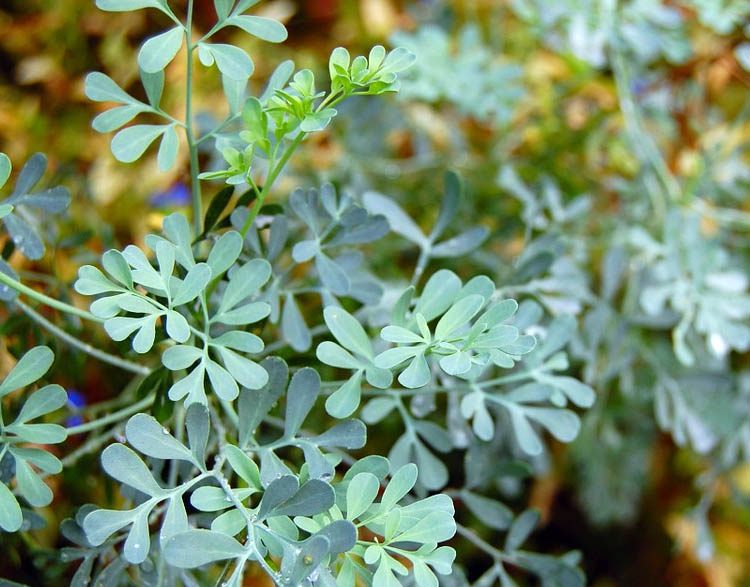
Use rue carefully, as some herbalists suggest that rue should not be taken internally. Tinctures and teas are the most common uses for rue. Note: Pregnant individuals should not handle Rue.
- Bronze Fennel – Bronze fennel‘s lacy fronds and aromatic qualities make it an extremely desirable culinary herb that just happens to also boast medicinal qualities. Bronze fennel helps ease bloating and digestion and is often taken as a soothing tea.Dried bronze fennel seeds make a great candy-like snack, while the fresh fronds are great on fish and in salad dressings. Let it flower in your garden to attract pollinators and other beneficial insects.
- Valerian – Valerian is an unusual and rare herb, also called the poor man’s Valium. Valerian is a sedative that will definitely help you fall asleep. Those who are seeking herbal remedies for snoring are often also looking for help sleeping in general and turn to valerian.Valerian should be used with care, as it can cause users to experience some undesirable side effects such as headaches or dizziness. If you decide to try it out, try a tea or capsule.
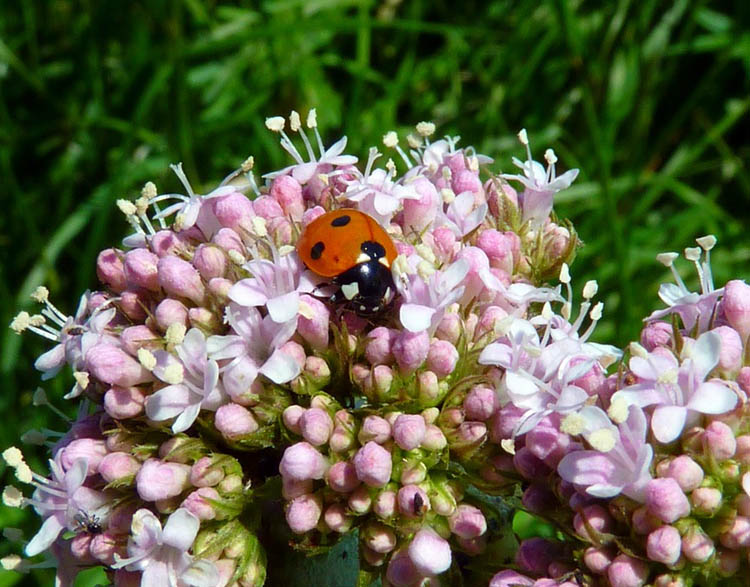
There are many more interesting and unique herbs out there that did not fit in this list. With so many options out there, it’s a shame to think that many people’s herbal exploration only goes as far as cilantro and rosemary.
Experimenting with different herbs for both culinary and medicinal purposes is a great joy. What are your favorite rare and exotic herbs? What do you like to do with them? Let us know!

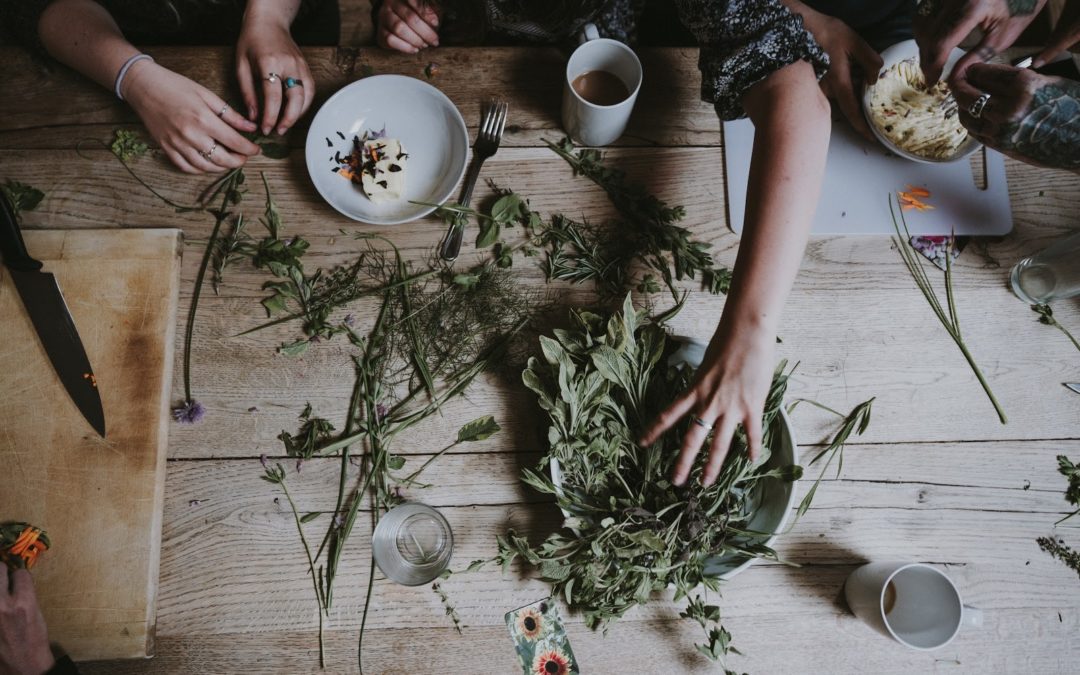

Would like to have a shipment of fall herbs . Is that possible ? Last year I ordered some but they didn’t come till spring . My climate area is very warm and accommodating for spring herbs .
BE EXCEEDINGLY CAREFUL WITH RUE!!!!!
It is NOT recommended by the medical community for use because of the extreme side effect — for example: miscarriage in pregnant women.
Rue is considered safe when consumed in food amounts. It is UNSAFE when used as a medicine. When taken by mouth, it can cause side effects such as stomach irritation, changes in mood, sleep problems, dizziness, spasms, serious kidney and liver damage, and death. When applied to the skin, it can cause rash and increased sensitivity to the sun.
Special Precautions & Warnings:
It is UNSAFE for anyone to use rue in medicinal amounts, but people with the following conditions are especially likely to experience dangerous side effects.
Pregnancy and breast-feeding: It is UNSAFE for both mother and unborn child to take rue during pregnancy or breast-feeding. Rue can cause uterine contractions, which can cause a miscarriage. That’s why rue is used to cause an abortion. But it also has serious effects for the mother. Some women who have tried using rue to cause an abortion have died.
Stomach and intestinal (gastrointestinal, GI) problems: Rue can make existing GI problems worse. If you have any stomach or intestinal disorder, you have an extra reason not use rue.
Kidney and urinary tract problems: Rue can harm the kidney and irritate the urinary tract. If you have a kidney or urinary tract problem, you have an extra reason not use rue.
Liver problems: Rue can make existing liver problems worse. If you have any liver disorder, you have an extra reason not use rue.
https://www.webmd.com/vitamins/ai/ingredientmono-885/rue
Thanks so much for the great information; we ALWAYS strongly suggest that whenever using herbs for medicinal purposes, consult a physician first. So, again, thank you! Additionally, Rue can cause severe burning to the skin if the sap gets on you, and the sun is out! So, always harvest in the AM or PM and wear gloves.
Just a note of warning, in the Medieval European apothecary, rue was an abortifacient, along with pennyroyal and nutmeg
Good to know and thank you so much for the great information – and warning. Always consult a physician or herbalist before moving forward with any remedies!
I love the Vietnamese Coriander (Rau Ram) I bought from you last year. I use it liberally in Asian stir fry dishes and Vietnamese Pho bowls, adding it at the last minute. No one ever knows what it is, so it adds a touch of mystery to familiar dishes.
Isn’t it the BEST? And we find it super easy to grow!
do they have a phone No. to call them, I would like to order
plants & herbs
thank you,
Debi Shepard
Hello! Our contact is 888-829-6201 or [email protected]
never mind, I found a pone number to call them
Sorry it wasn’t easier to find!
Hello,
I was reading about the Tusi plan, in Hinduism there are two types male and female.
The male is purple (Lord Krishna ) and the female is white (Rada).
how do you make a poultice or salve from comfrey leaves? (please do not publish my last name. Only use first name